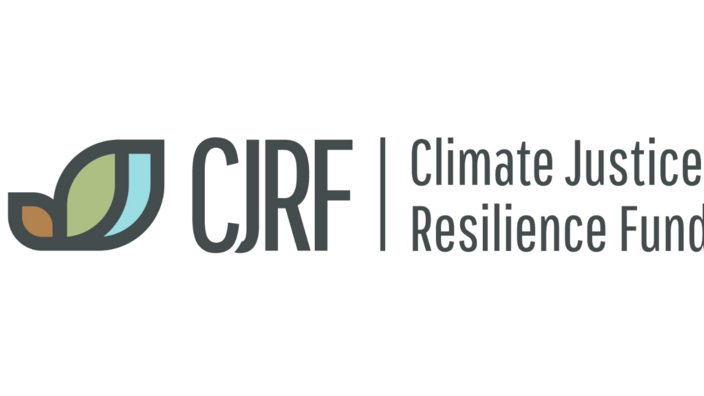Increasing ambitions to reduce greenhouse gas emissions and to adapt to climate change poses new challenges to the world. This results in the need for new competencies. Across society, people must “obtain, improve or retain the[ir] skills, knowledge, tools, equipment or other resources” to respond effectively to the challenges we face (Climate-ADAPT 2019).
This Capacity Building is not just a necessity. It is also an important funding strategy that promises to empower individuals, organisations and communities to fight climate change – and thus generate lasting impacts beyond the funder’s engagement.
KEY INSIGHTS
- Much Capacity Building focuses on developing the knowledge and skills of professionals in different sectors, hence, improving the “technical acumen” of individuals (Cox et al. 2021). For example, funders can help to reduce the fossil fuel use in aviation by training airport staff to improve launch scheduling. Other funders, who are interested in education, can contribute to building the capacity of teachers to teach climate science to pupils (“teaching the teacher”). One example is the development of freely available teaching materials that are easily integrated into classes.
- In the fight against climate change, improving soft skills is an equally important outcome of Capacity Building. By promoting skills like leadership, negotiation or problem solving, funders can facilitate cross-sectoral innovation and help to raise the voices of people marginalised in designing climate solutions.
- Capacity Building has great potential to accelerate other funding strategies. Ultimately, the success of other funding strategies depends on the capacities of different people to implement them. Capacity Building can, for example, pave the way for Political Advocacy. By supporting programmes that enhance the understanding of young people about policy-making processes, funders can strengthen their ability to effectively advocate in the political space for more climate action.
- Capacity Building offers an opportunity to funders to be directly involved by becoming facilitators. Organising workshops, convening communities of practice and peer-exchange are formats that funders can themselves organise and thus become active beyond handing out grants.



